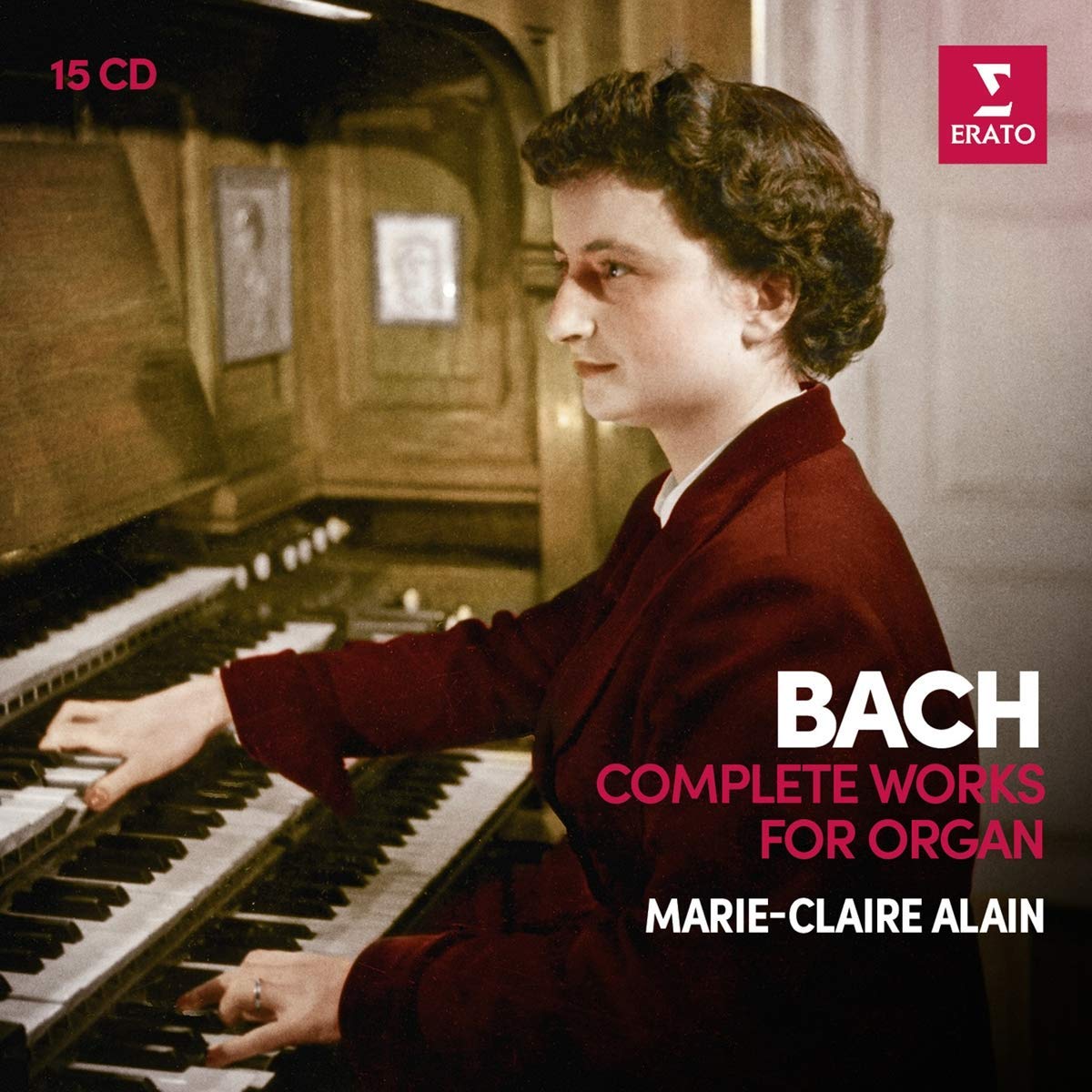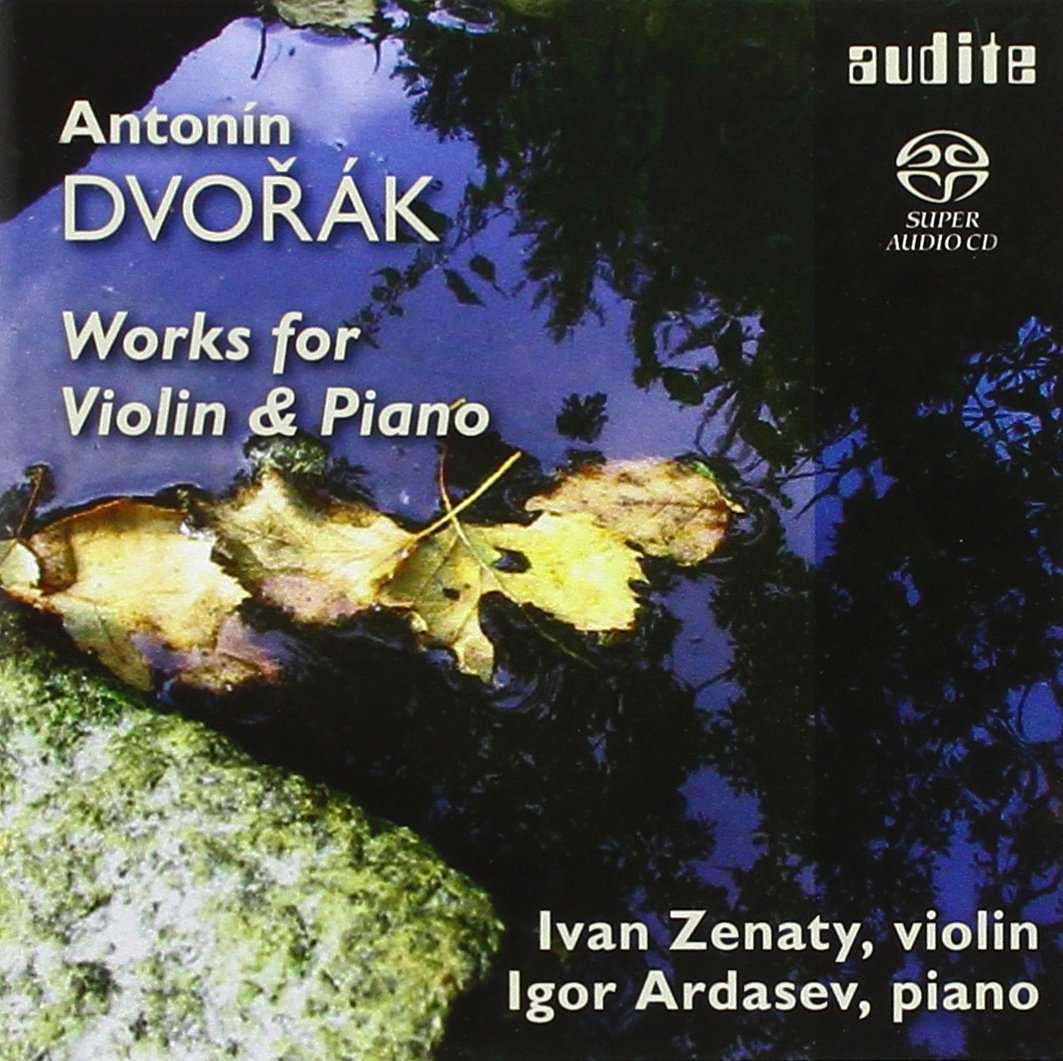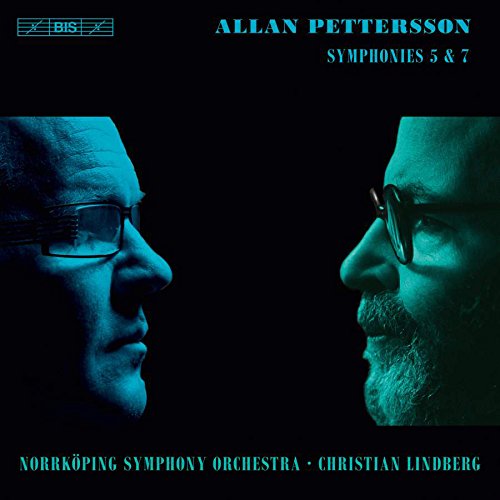Dip Your Ears, No. 226 (Marie-Claire Alain's First Bach Cycle)
 J.S.Bach, Organ Works M-C.Alain Warner/Erato |
Marie-Claire Alain’s first traversal doesn’t quite make my top-recommendation list, but it is good to have around for the completist and inveterate Bach and organ-music lover. The cycle is centered on a series of modern Danish Marcussen & Sons organs that had all just been built around the time she recorded them. The result is a clear and fairly bright sound throughout with a lot of diversity within that (admittedly narrow) spectrum. It undusted an organ sound in Bach, that had, at the time, become thick and dark and crusted like a medieval painting where the grime and dirt of centuries had been taken for a characteristic of the real thing. Jed Distler, who reviewed this set for ClassicsToday (where the other two Alain cycles are also given reference status), is right in pointing out the still greater clarity (in recorded sound, instrument character, and playing) this set features over Alain’s subsequent takes. That’s perhaps most surprising when it comes to the recording quality, which is, with very minor exceptions (a few cases of extraneous noise; one off-kilter note that wasn’t re-recorded), exceptional – certainly a lot better than either of Helmut Walcha’s roughly contemporaneous cycles.
While Alain herself has apparently called these her “most instinctive” interpretations, they are actually rather straight-laced, linear readings without quirks or youthful liberties (Alain was 33 when she got started on them) and, if anything, understated. One neat aspect of this cycle is that it rigorously included all the works then assigned to Bach, even those that weren’t by Bach: A virtual survey of the Bachwerkeverzeichniss of the 60s. How nice to see that Warner/Erato’s re-issuing extends far beyond the most obvious classics in their (now huge) back catalogue. Nicer still: That a budget release such as this got excellent liner notes (the original ones from Marie-Claire Alain) in three languages.

Follow @ClassicalCritic


































































